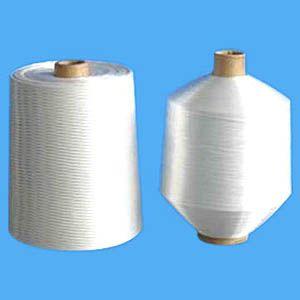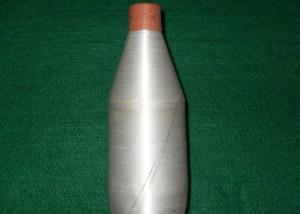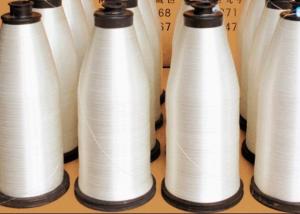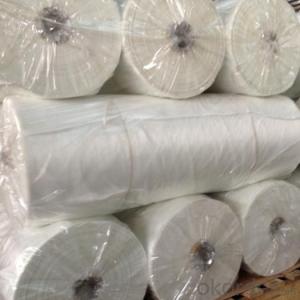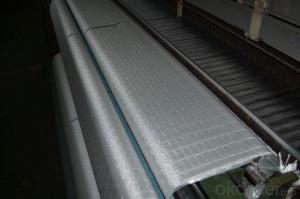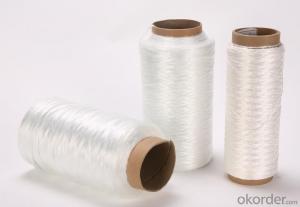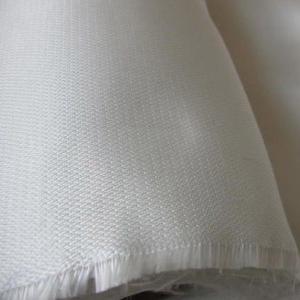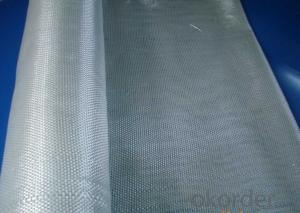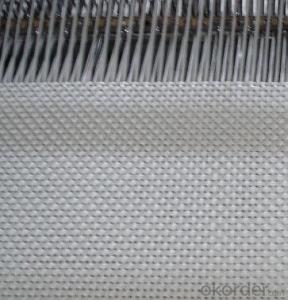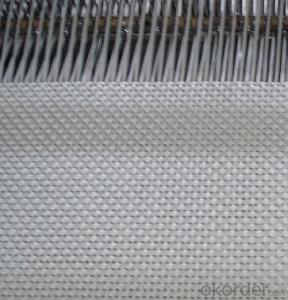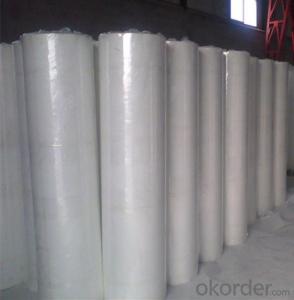High Strength Top Quality Fiberglass Yarn Fabric
- Loading Port:
- Shanghai
- Payment Terms:
- TT OR LC
- Min Order Qty:
- 500 m²
- Supply Capability:
- 50000 m²/month
OKorder Service Pledge
OKorder Financial Service
You Might Also Like
Fiberglass Fabric of High Strength Top Quality
Fiberglass Fabric Introduction:
Fiberglass fabric is weaved by high quality fiberglass,as a kind of engineering material,which is
many excellent characteristics:
flame-resisting,corrosion resistant,high strength,heat resistance.stable structure,good chemical resistance,durability.
Fiberglass Fabric Features:
Warp and weft yarns are parallel arrangement as flat situation, with uniform tension;
Fiber is aligned with large consistency, stable and easy operation;
Good moldability, fast and complete wet out in resins, resulting in high productivity;
Good transparency and high strength of composite products.
Fiberglass Fabric Specification:
mark | Fiber consistency(ends/ cm) |
Area weight (g/ m2) |
Thick-ness (mm) |
Width (cm) |
Length (mm) | Breaking strength(N)≥ |
weave | |||
Warp direction | Weft direction | Warp direction | Weft direction | |||||||
EW200 | 16 | 12 | 200±20 | 0.2 | 90-130 | 300-1200 | 980 | 980 | ||
EW210 | 16 | 12 | 200±20 | 0.21 | 90-130 | 300-1200 | 1080 | 1080 | Twill weave | |
Plain weave | ||||||||||
EWR360 | 3.2 | 1.8 | 354±18 | 0.35 | 50-300 | 100 | 2000 | 2000 | ||
EW280 | 16 | 10 | 280±28 | 0.26 | 90-130 | 300-1200 | 1800 | 1800 | ||
EW300 | 14 | 10 | 320±32 | 0.3 | 90-130 | 300-1200 | 1500 | 1500 | ||
EW430 | 20 | 12 | 420±42 | 0.43 | 90-130 | 300-1200 | 2000 | 2000 | Broken twill | |
EWR136 | 10 | 10 | 136±13 | 0.136 | 100 | 200 | 850 | 850 |
Plain weave | |
EWR200 | 8 | 7 | 200±20 | 0.21 | 100 | 200 | 1200 | 1200 | ||
EWR400 | 3.6 | 3.2 | 400±30 | 0.4 | 100 | 50-100 | 2500 | 2500 | ||
EWR600 | 2.6 | 2.5 | 600±50 | 0.6 | 100 | 40KG | 4000 | 4000 | ||
EWR580 | 2.5 | 2.3 | 576±29 | 0.58 | 100 | 40KG | 3850 | 3850 | ||
EWR800 | 1.8 | 1.8 | 800±60 | 0.8 | 100 | 40KG | 4600 | 4600 | ||
Product Show
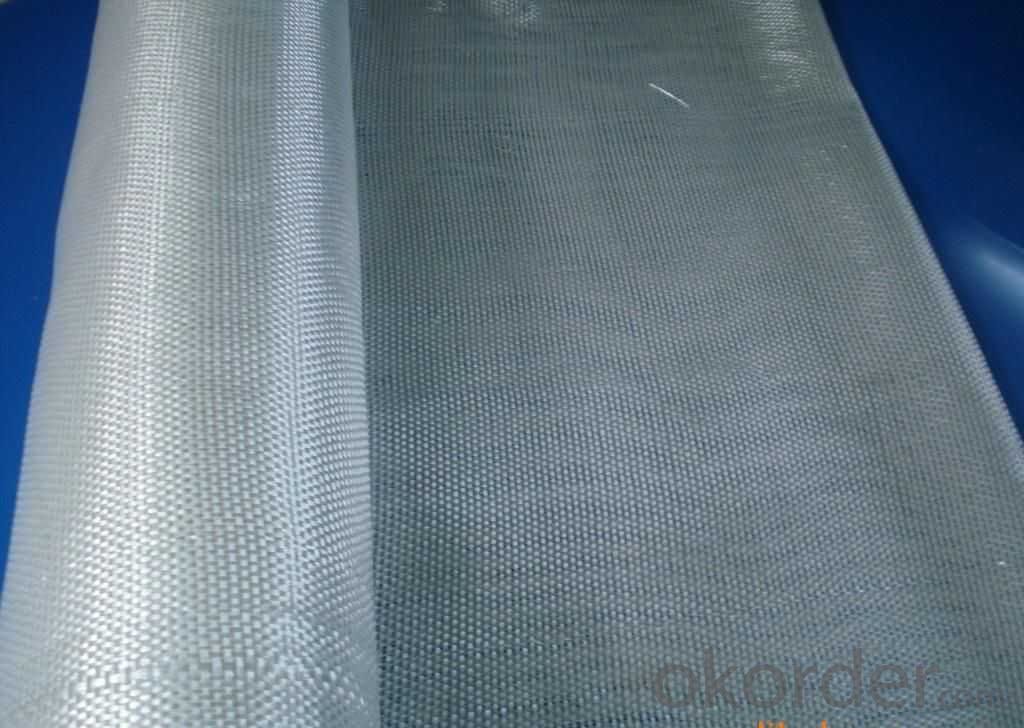
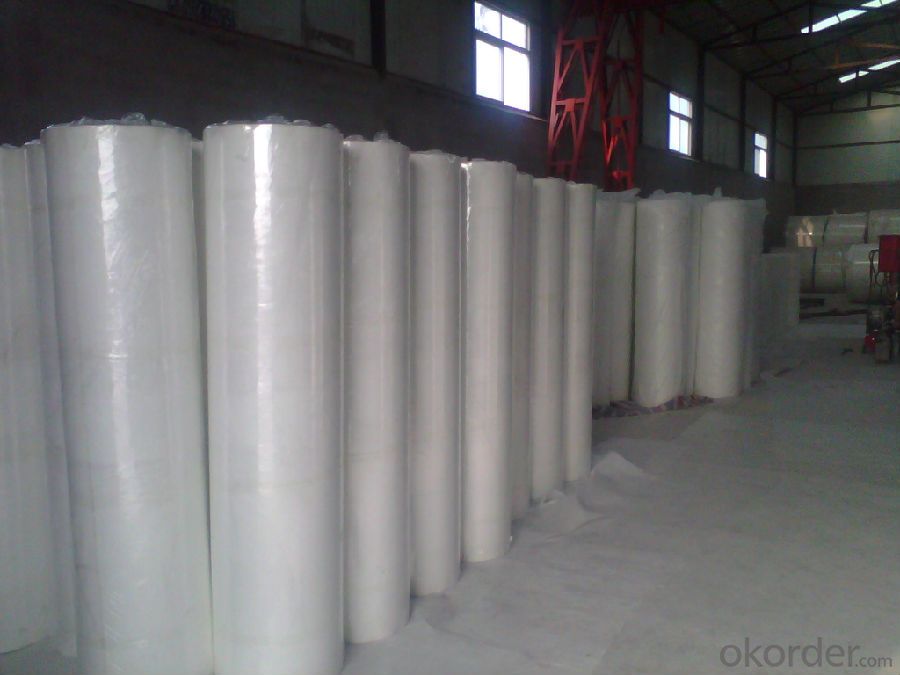
Fiberglass Fabric Usage:
E-glass woven roving is a schistose double faces reinforcement fabric that is weaved into from roving in directly.
E-glass fiber fabric (thin fabrics with thickness from 0.025 to 0.09mm) is suitable for electrical isolation mica product, wax cloth as the reinforcement materials.
E-glass woven roving applys to all kinds of polyester reinforcement system, (such as unsaturated polyester resin, vinylite,epoxy resin and phenolic resin.
E-glass woven roving is a high performance reinforcement material. It is widely used in hand lay-up and machinery processing products, (such as vessel, container, airplane and vehicle component, furniture, athletic facilities and other industry.
FAQ
1.Package of Fiberglass Fabric?
Fiberglass fabric is wound on a paper tube with inner diameters of 50. 8, 76 or 152mm. Each roll is wrapped in a plastic bag, then to be packed in a carton box. The rolls are to be horizontally placed.
Width (cm): 90, 100, 127
Length (m): 100, 200, 300, 400
2.Storage of Fiberglass Fabric?
Store rolls in a cool, dry location
Protect rolls from weather and other damage.
3.If sample available if needed?
We aim to offer our customer best Products&Service,samples are allowed if necessary.
- Q: What is the melting point of fiberglass yarn?
- The melting point of fiberglass yarn typically ranges between 700 to 1000 degrees Celsius, depending on the specific type and composition of the yarn.
- Q: How does the thermal expansion of fiberglass yarn compare to other materials?
- The thermal expansion of fiberglass yarn is generally lower compared to other materials. Fiberglass is a type of composite material made from fine fibers of glass. Due to its composition, fiberglass has a relatively low coefficient of thermal expansion, meaning it expands and contracts less with temperature changes compared to many other materials. In comparison to metals like steel or aluminum, fiberglass yarn has a significantly lower coefficient of thermal expansion. This property makes fiberglass an excellent choice for applications where dimensional stability is crucial, such as in the construction of buildings, where it is often used in insulation and structural components. Compared to other synthetic materials like plastics or polymers, fiberglass also has a lower thermal expansion rate. This characteristic makes it a preferred material in industries such as aerospace and automotive, where stability and resistance to heat and temperature fluctuations are essential. However, it is important to note that the thermal expansion of fiberglass can still vary depending on the specific formulation and manufacturing process. Different types of fiberglass yarn may have slightly different coefficients of thermal expansion. Therefore, it is crucial to consider the specific application requirements and consult the manufacturer's specifications to ensure the appropriate selection of materials.
- Q: What are the different deniers available for fiberglass yarn?
- There are several different deniers available for fiberglass yarn, which refer to the thickness or fineness of the individual fibers within the yarn. Some common deniers for fiberglass yarn include 300D, 600D, and 1200D. The denier of fiberglass yarn is determined by the weight in grams of 9000 meters of the yarn. A lower denier such as 300D indicates a finer and lighter yarn, while a higher denier like 1200D suggests a thicker and heavier yarn. The choice of denier for fiberglass yarn depends on the specific application and desired properties. A finer denier may be suitable for applications that require flexibility, softness, and a smoother appearance. On the other hand, a higher denier yarn may be preferred for applications that require strength, durability, and resistance to abrasion. It's important to note that the denier of fiberglass yarn can also affect its other characteristics, such as tensile strength, heat resistance, and electrical conductivity. Therefore, when selecting a denier for fiberglass yarn, it is crucial to consider the specific requirements of the intended use to ensure optimal performance.
- Q: Can fiberglass yarn be used for making ropes or cords?
- Yes, fiberglass yarn can be used for making ropes or cords. Fiberglass is a strong and durable material, making it suitable for applications that require high strength and resistance to heat and chemicals. When woven into yarn and twisted into ropes or cords, it can be used in various industries such as marine, construction, and aerospace for different purposes like towing, lifting, or securing objects.
- Q: Is fiberglass yarn resistant to rot?
- Yes, fiberglass yarn is resistant to rot.
- Q: Can fiberglass yarn be used in reinforcement of concrete pipes?
- Yes, fiberglass yarn can be used in the reinforcement of concrete pipes. Fiberglass yarn is known for its high tensile strength and excellent corrosion resistance, making it an ideal material for reinforcing concrete structures. When added to the concrete mixture, fiberglass yarn enhances the overall strength and durability of the concrete pipes, making them more resistant to cracking, impact, and external forces. Additionally, fiberglass yarn also helps to prevent the formation of cracks due to temperature changes and shrinkage, ensuring the longevity and structural integrity of the concrete pipes.
- Q: How does fiberglass yarn perform in terms of sound insulation?
- Fiberglass yarn performs exceptionally well in terms of sound insulation. Its dense and fibrous composition allows it to effectively absorb and dampen sound waves, reducing noise transmission and improving acoustic performance.
- Q: How does fiberglass yarn perform in terms of elasticity?
- Compared to other types of yarn, fiberglass yarn is renowned for its low elasticity. This is because it is composed of inorganic materials, including glass fibers, which do not possess the same level of stretchability as natural or synthetic fibers. Consequently, fiberglass yarn is not the ideal choice for garments or fabrics that necessitate flexibility and resilience to conform to body movements. Nevertheless, this characteristic can prove advantageous in specific industries or applications that prioritize stability and rigidity, such as the construction of composite materials or the reinforcement of concrete structures. In such cases, the low elasticity of fiberglass yarn aids in preserving the intended shape and structural integrity.
- Q: Is fiberglass yarn suitable for making sports jerseys or uniforms?
- Yes, fiberglass yarn is not suitable for making sports jerseys or uniforms. While fiberglass yarn is known for its strength and durability, it is mainly used in industries such as construction, insulation, and manufacturing of various composite materials. Sports jerseys and uniforms require fabrics that are comfortable, breathable, and flexible to allow freedom of movement for athletes. Fiberglass yarn, on the other hand, is not soft or comfortable against the skin and does not provide the necessary flexibility for sports activities. Therefore, it would not be a suitable choice for making sports jerseys or uniforms.
- Q: Can fiberglass yarn be used for making scarves?
- Yes, fiberglass yarn can be used for making scarves. Fiberglass yarn is a versatile material that is known for its strength and durability. It is often used in various industries such as construction, automotive, and aerospace. However, when it comes to scarves, fiberglass yarn may not be the most common choice due to its unique properties. While it offers excellent insulation and resistance to heat, it may not provide the softness and comfort that many people look for in a scarf. Additionally, fiberglass yarn can be itchy and irritating to the skin, which is not desirable for a garment that comes in direct contact with the neck area. Therefore, although technically possible, it is not a popular choice for making scarves.
Send your message to us
High Strength Top Quality Fiberglass Yarn Fabric
- Loading Port:
- Shanghai
- Payment Terms:
- TT OR LC
- Min Order Qty:
- 500 m²
- Supply Capability:
- 50000 m²/month
OKorder Service Pledge
OKorder Financial Service
Similar products
Hot products
Hot Searches






